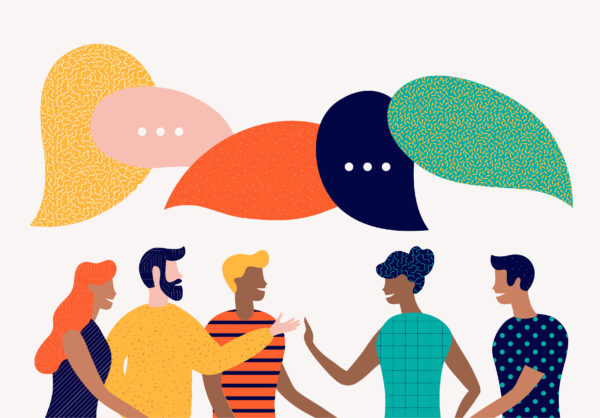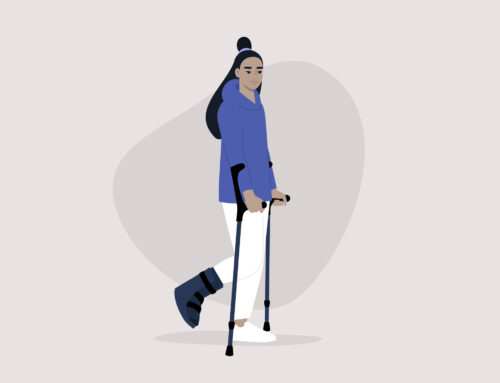Holding Inclusive Meetings
Shawnee Love • November 13, 2020
Continuing on our diversity and inclusivity theme, this blog will discuss how to hold inclusive meetings.
To my way of thinking, inclusive meetings mean everyone has a voice. Frankly, that is difficult to do regardless of how visibly diverse an organization is, because there are unseen traits which affect individuals’ ability to be heard in a group environment. Specifically, I am thinking of analytical style, self-confidence and self-esteem as well as where you fall on the introversion- extroversion scale.
Knowing there are many things beyond white and/or male privilege which contribute to the ability for workers to speak up in meetings is actually helpful in my opinion, because implementing practices which lead to everyone having a voice becomes an effort in creating safe space, and this is something which everyone can get behind.
To clarify, obviously, we do want to encourage the voices of all people regardless of age, gender, sexual identity, race, etc., but I think it would be ingenuous to ignore the fact that quotas and initiatives which feel like they are excluding and/or suppressing one group to benefit another create separation and unnecessary rifts and take away from the goal of inclusive meetings.
Some of the meeting etiquette pointers we have provided in the past on preparing for and running great meetings apply in that you need to have the right people in the room (so invite them), declare a Chair, an agenda is necessary (along with materials in advance), and communication devices should be turned off (its disrespectful). Additional tips for making meetings inclusive (which work during video/ virtual meetings as well) are:
- Declare your intent to ensure everyone has a voice in your meetings.
- Clarify ground rules for speaking which could include how to request to speak, how much time people will be given to speak, and the fact that everyone will be asked to provide their opinions. This preparation ensures those who are less comfortable speaking will have time to prepare their thoughts and be ready when called on.
- Offer breakout opportunities for smaller groups (where people may feel more comfortable sharing their opinions) to discuss and have those groups come back to the greater group to present their ideas/ opinions as a unified whole.
- If voting, clarify how voting will be handled and where the vote could be contentious, use a method which allows confidential voting.
- Ensure the Chair and organizational leaders are role models for inclusive meeting practices (This may require advance education and private reminders during the meeting).
- Consider assigning roles (which can be rotated to different people during future meetings). Beyond the Chair, Minute-Taker, and Time-Keeper (such as you might see in a Toastmasters meeting), assign roles which encourage questioning (Chief Interrogator) and the playing of Devil’s Advocate. Not only does this practice encourage dissenting opinions, but it also reduces blind spots.
- Put a stop to non-inclusive behaviours such as hogging airtime, interrupting, side conversations, or talking over others.
As the Chair of the meeting, you have to be on the ball, tracking who speaks, when, for how long, about what, and noticing who doesn’t get to speak or was treated less than respectfully.
When you lead a meeting in this fashion, not only will people feel welcomed and heard, but you may well end up with a productive use of time and constructive outcomes. If you need assistance with your meetings, we are here for you. And if you have additional tips for creating more inclusive meetings, please comment!





